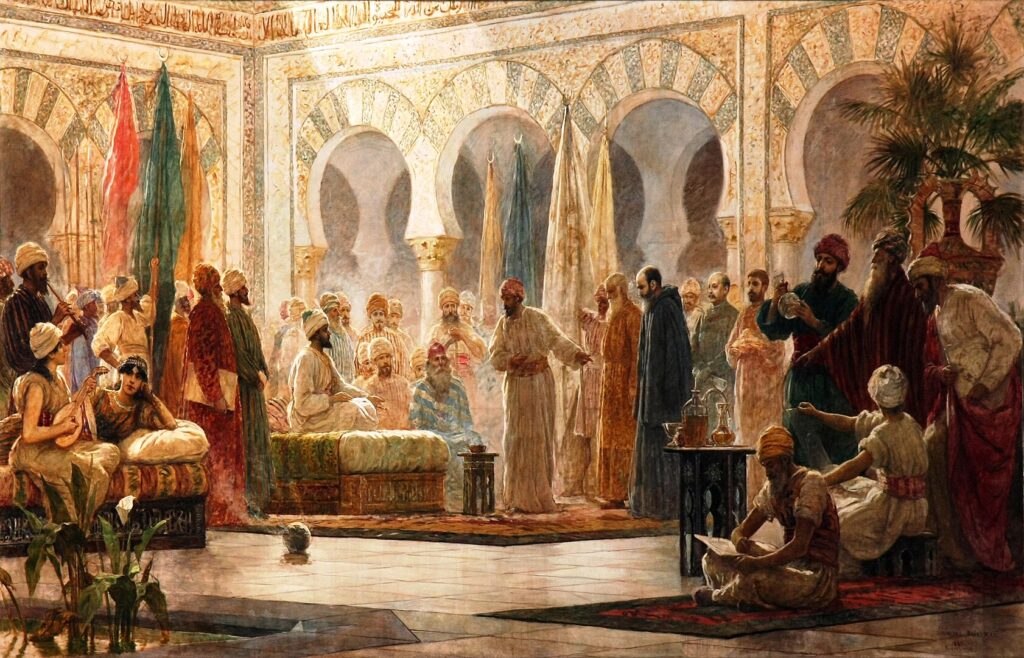 The Influence of Al-Andalus on Medieval European Culture
The Influence of Al-Andalus on Medieval European Culture
Centers of Learning and Innovation
Al-Andalus, the Muslim-ruled territories in medieval Spain, was a beacon of learning and innovation during the medieval period. Cities like Córdoba, Toledo, and Granada became centers of knowledge where scholars from different backgrounds collaborated. Libraries, such as the one in Córdoba, housed vast collections of texts on science, philosophy, and literature, facilitating the transmission of knowledge to the rest of Europe.
Scientific and Philosophical Contributions
The scholars of Al-Andalus made significant contributions to fields such as astronomy, medicine, and mathematics. Figures like Ibn Rushd (Averroes) and Ibn Sina (Avicenna) wrote influential works that were later translated into Latin and became central to European intellectual life. These texts introduced advanced concepts and methodologies, enriching European scientific and philosophical thought.
Cultural and Artistic Exchange
Al-Andalus was a melting pot of cultural and artistic influences, blending Islamic, Christian, and Jewish traditions. This rich cultural exchange influenced European architecture, art, and music. The intricate designs of Islamic art, the development of new musical forms, and the introduction of architectural innovations, such as the horseshoe arch, left a lasting impact on European cultural heritage.
Conclusion
The influence of Al-Andalus on medieval European culture was profound, shaping the intellectual, scientific, and artistic development of the period. The legacy of this intercultural exchange continues to be celebrated as a testament to the vibrant and diverse history of medieval Europe.
Tags: #AlAndalus #MedievalCulture #CulturalExchange
Category: Medieval Cultural Practices
